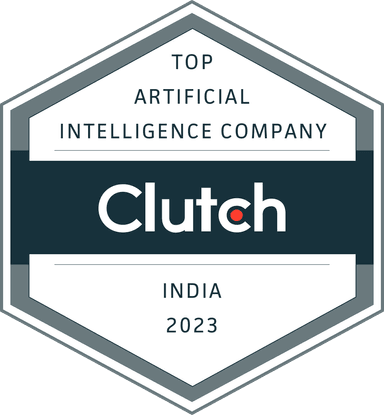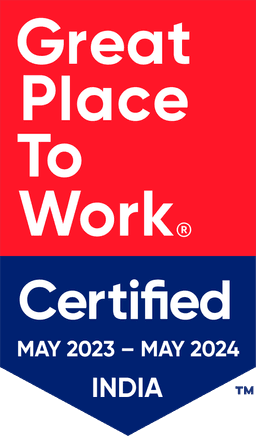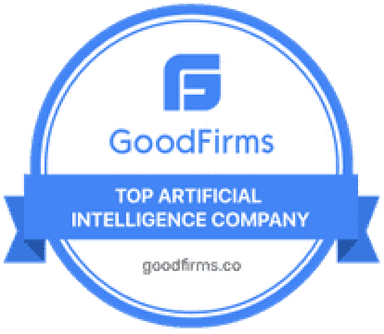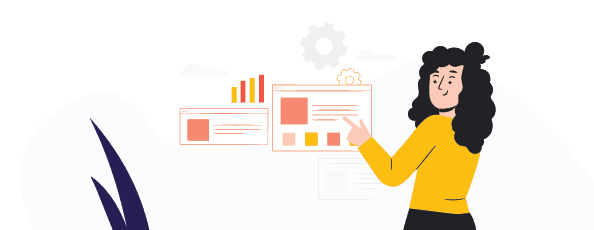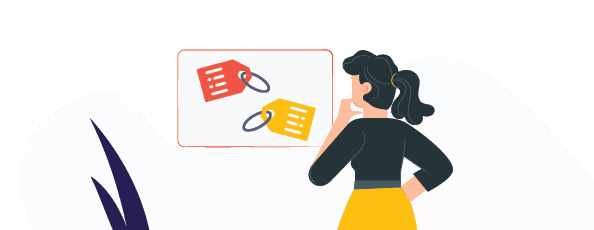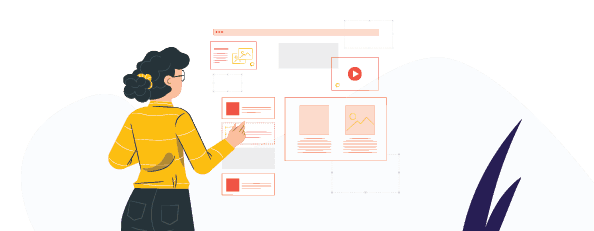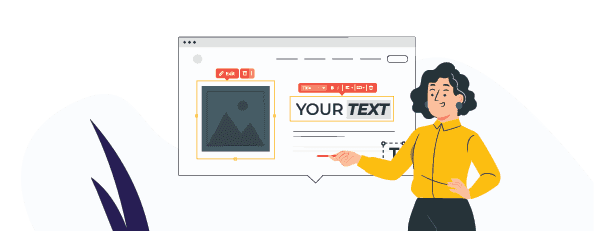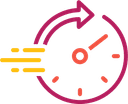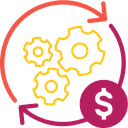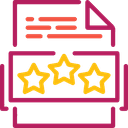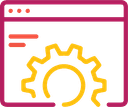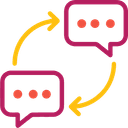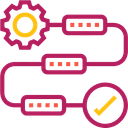Computer Vision Model Automates Explicit Content Detection & Reduces Image Processing Time by 99%
Expertise Delivered
Industry
Our client,
Being an INC5000 honoree, McQueen Autocorp is a leading US-based used car selling company with a buyer network spread across the entire United States.
McQueen Autocorp offers a nationwide modern car selling service, facilitating sellers with an instant offer for their car(s) using price prediction algorithms and real-time bids from an extensive network of licensed buyers. With 600,000 vehicles sold annually, McQueen Autocorp has seen a 300% increase in reve-nue over the course of 3 years.
Disclaimer - The name McQueen Autocorp is a placeholder as there is an NDA signed between both parties.
Challenge
- Our client is a used car selling company; car sellers need to upload their car details and images on the platform to sell their cars.
- Users would upload close to ~120,000 images/month on the client’s platform to sell off their cars.
- Some of these uploaded images would contain racy/adult content instead of relevant vehicle images.
- Manual approval of these massive volumes of images daily involved a team of 15 human agents and a lot of time.
- Such excessive levels of manual processing gave way to serious time sinks and errors in approved images.
- This led to poor customer experience and tarnished brand image.
Solution
The Maruti Techlabs team studied the client’s process and ideated a solution to improve the expensive, time-consuming, and error-prone process.
Our AI team worked towards building a custom Computer Vision model to design a binary image classification model. The model worked in two steps:
Step 1 - Detect car images and flag the rest
- The model was trained with thousands of different car images from the client’s data-base.
- After training the model, it would classify the image into two categories - car and non-car.
- The model would identify the images of cars/vehicles, flag the rest and notify the team via Slack notifications.
- Once the image of the car was identified, the model also performed obstacle detection to detect if any other unidentified object was blocking the car’s appearance.
- The model further performed image tagging and classified images into those of cars and blocked vehicle numbers.
Step 2 - Verify car models against the details provided
- After identifying the car images, we went a step further and trained the model to verify if the car model and make in the picture matched the car model and make mentioned by the user in the form.
- For this, we included the car make and model recognition dataset to train the Computer Vision model.
- The model would verify the car model in the image against that mentioned in the form based on the training. If the model did not find both to be a match, it would be flagged, and the team would be notified of the same via a Slack notification.
The Computer Vision model automated two steps of the verification process. We used ~1500 images for training the model. With training datasets, the model could classify pictures with an accuracy of 85% at the time of deploying in production.
Human assistance is required for those instances where the model has a confidence score of less than 80%. For this, we integrated the CV model with Slack, where the team is notified of images falling under the confidence threshold. The team then reviews and classifies the images accordingly.
This human intervention in specific instances is treated as a feedback loop, where the model records the feedback and uses it to learn and improve its performance over time.
With supervised learning and model upgrades, the model's accuracy has now increased to 90% in the course of 6 months.
Achieve unmatched speed and precision in image processing.
Technology Stack
reduction in processing time
saved annually
hours saved per month
Our Development Process
We follow Agile, Lean, & DevOps best practices to create a superior prototype that brings your users’ ideas to fruition through collaboration & rapid execution. Our top priority is quick reaction time & accessibility.
We really want to be your extended team, so apart from the regular meetings, you can be sure that each of our team members is one phone call, email, or message away.
